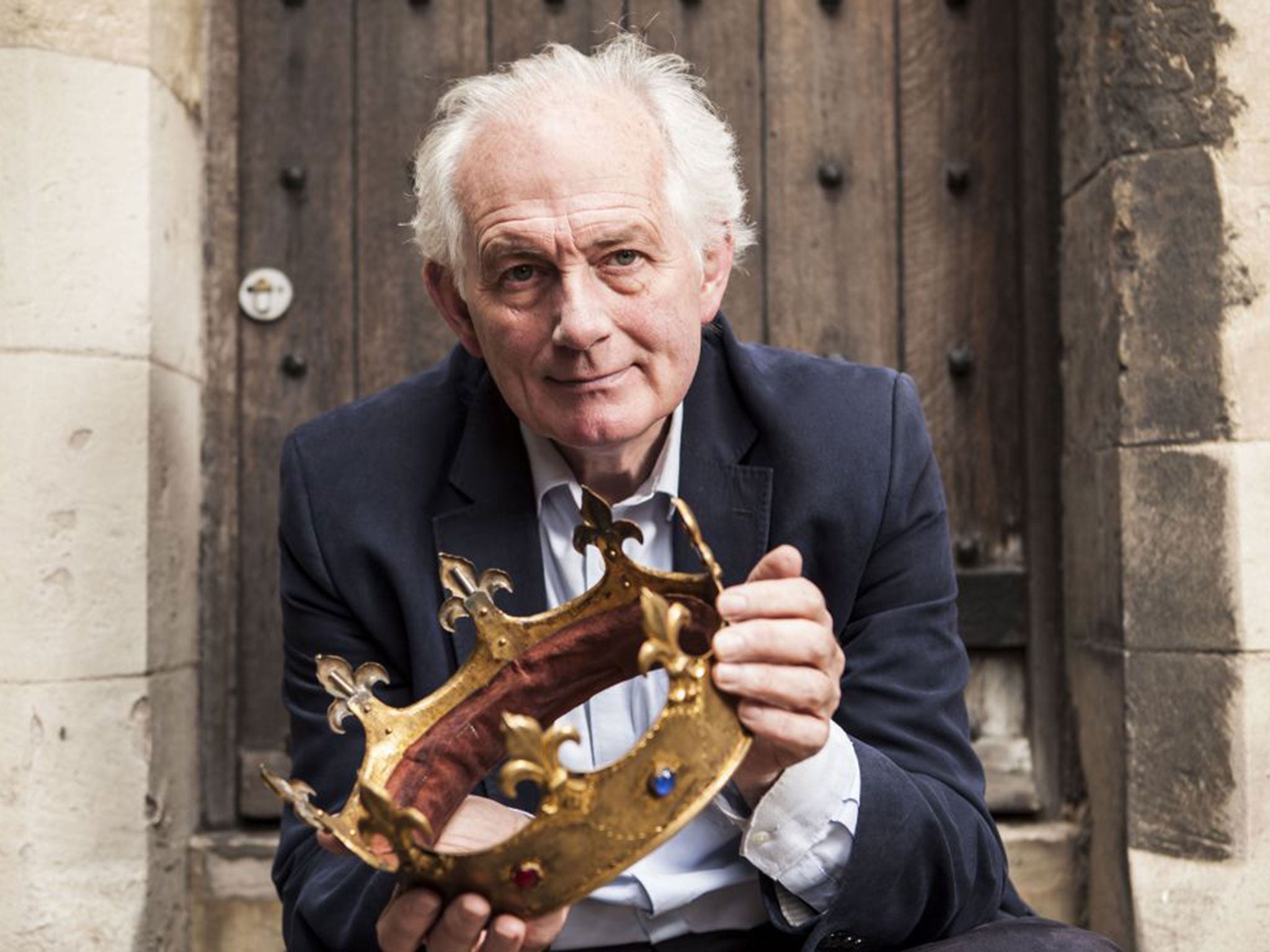The problem with the World Cup – besides Fifa, the impact on the Brazilian economy, and England's quadrennial pants-downing – is that its domination of the TV schedules is so absolute that there's sometimes not a tremendous amount else for your common-or-garden TV hack to mull over. Even the Radio Times – whose daily picks denote a rigorous thumbing through the schedules worthy of a bloke in the pub with a creased copy of TV Quick and a pink highlighter – selected a 9am repeat of Frasier as one of its Wednesday highlights. Admittedly it's a great episode, the one where Frasier thinks he has a stalker – but it doesn't bode well for a classic night's viewing. Not when Honduras vs Switzerland is on elsewhere.
Thanks goodness, then, for Dan Cruickshank. Whereas Honduran jugador Carlo Costly is the one attracting the big, big ratings on BBC1, Cruickshank, the Roy Race of architectural history, is providing the factual rabonas in Majesty and Mortar: Britain's Great Palaces over on BBC4. Which, presuming they got on the first flight out of Belo Horizonte, England's players will have got home in time to watch.
Now, if only there were some way to connect the hubris and vanity of Charles I and his unyielding belief in his own godly, unchallenged, deserved genius and success and English football... I'll leave that to Hugh McIlvanney, but in the mean time, Cruickshank learned me some mid-millennial art history.
After last week's opening episode of this wildly interesting series, Cruickshank alighted at the end of the Tudor period with Elizabeth I's death and the beginning of the reign of James I and then his son Charles I.
As Cruickshank entered Inigo Jones's Banqueting House – built for James – on Whitehall, he was awed. This was, he purred, a "revolution in stone". And, as it rose over London, its people marvelled at a structure "alien in design, towering above the older brick and timber structures as if from another world". Jones's classicism was a giant piece of stone public relations, expressing, Cruickshank reckoned, "the unity, the harmony, the authority of the monarchy." Now, they say hindsight is 20/20, but you can guess where this kind of divine hubris might lead.
So when James carked it in 1625 and his son Charles took over, he employed his pal Rubens to paint a triptych of images on the ceiling of Banqueting House depicting James I as a wondrous godly figure, just like himself. And no meddling Parliament was going to get in his way when it came to going further and building a giant new Whitehall Palace. Alas...
Cruikshank's description of Charles having his head lumped off was brilliant. Standing on the spot where it happened, he told the tale with the malice of a man spooking his grandkids with a particularly gory ghost story. We even got a macabre chopping effect when we got to the, er, crunch.
As you'd hope, Cruickshank's monologue was stuffed with things you (well, I, at least) didn't know: Hampton Court is actually a cut'n'shunt of a Tudor building and a Stewart one (obvious, really); Christopher Wren proposed a grid system for London after the Great Fire but it was overtaken by the city's rapid rebuilding in its old topography; and William III had a giant bed at Hampton Court he didn't even sleep in.
Cruickshank is the best of hosts for this kind of thing. His expertise, combined with a gift for delivering historical tittle-tattle, makes him a whisperingly ebullient tour guide. And he doesn't even bite people. Tune in next week.
Subscribe to Independent Premium to bookmark this article
Want to bookmark your favourite articles and stories to read or reference later? Start your Independent Premium subscription today.


Join our commenting forum
Join thought-provoking conversations, follow other Independent readers and see their replies